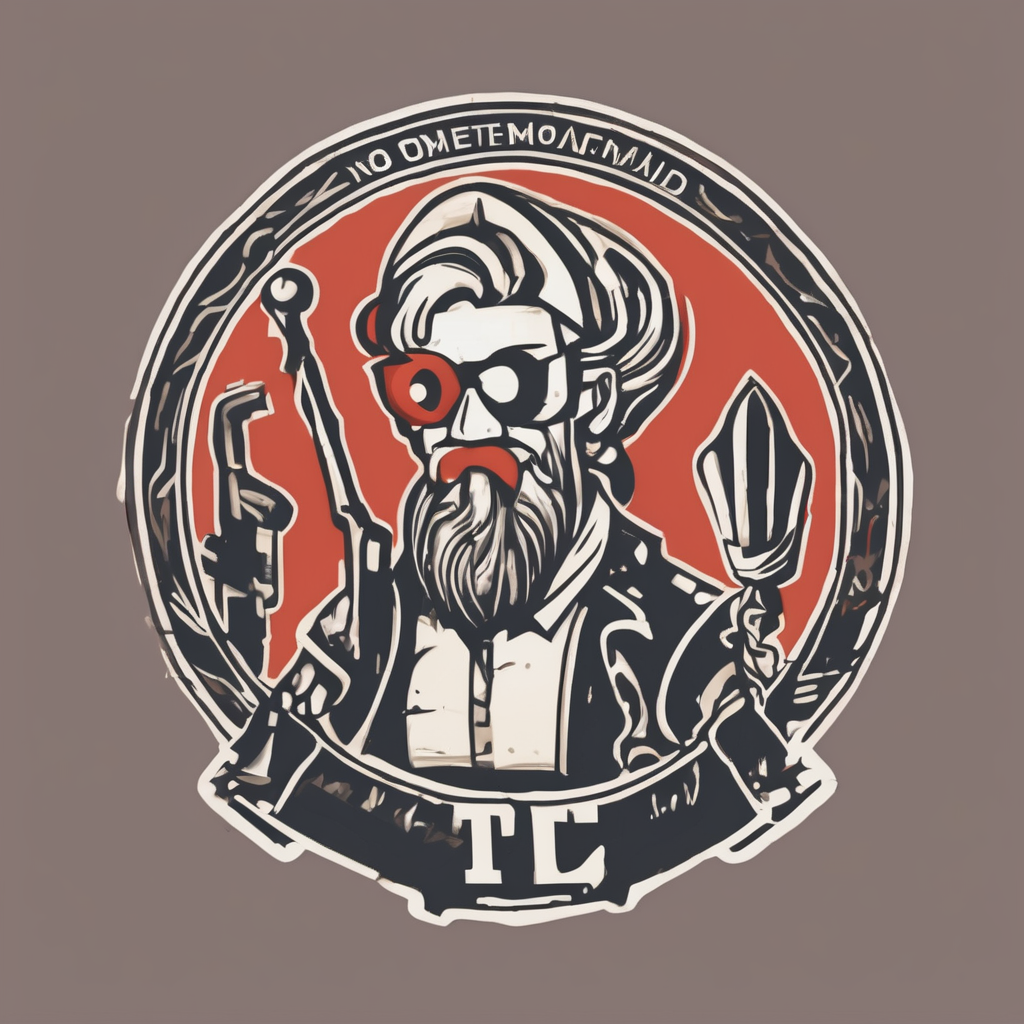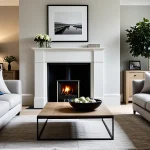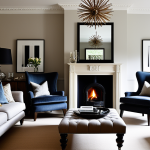Defining Traditional British Decor and Its Core Elements
Traditional British decor is defined by a distinctive blend of history, craftsmanship, and enduring style. At its heart, British interior design embraces a balance of elegance and comfort, bringing warmth to every space. One key characteristic is the use of rich, muted colour palettes—such as deep reds, greens, and navy blues—which create an inviting and sophisticated atmosphere. These hues are often paired with textured wallpapers featuring classic floral or damask patterns, contributing to a layered, tactile environment.
Furniture in the classic British home style typically features sturdy, well-crafted pieces made from quality woods like mahogany and oak. Items such as the iconic Chesterfield sofas, wingback chairs, and ornately carved tables not only serve a practical purpose but also act as focal points within a room. Accessories commonly found in traditional British interiors include brass candlesticks, porcelain figurines, and Persian rugs, which together enhance the aesthetic while reflecting the homeowner’s appreciation for heritage and refinement.
Also read : How Can British Interior Design Influences Enhance Your Home’s Aesthetic?
Architectural features further define traditional British decor. Wood paneling, crown moldings, and large sash windows channel a sense of history that is both visually pleasing and functional. These elements, combined with vintage textiles like chintz and tartan, establish a timeless look rooted in centuries of British design evolution. The historical influence is profound, drawing inspiration from Georgian, Victorian, and Edwardian periods, each contributing layers of charm that continue to resonate within modern British interior design.
The Aesthetic and Emotional Benefits of British Design
Traditional British decor is renowned for creating a British home atmosphere that masterfully blends elegance with a genuine sense of comfort. This dual focus establishes spaces that feel both refined and inviting, which explains why the style remains popular in numerous homes seeking a timeless style. By thoughtfully combining warm colour schemes and classic textures, British interior design fosters an ambiance that is at once sophisticated and welcoming.
This might interest you : How Can You Enhance Comfort and Style in Your UK Living Room?
The warm, muted palette typical of traditional British decor—featuring deep reds, forest greens, and navy blues—works to cultivate a cozy yet elegant environment. This creates an immediate emotional appeal, where visitors and residents alike feel enveloped in a space that respects heritage while offering a soothing refuge. Such settings are especially valued for their ability to balance formality with approachability, ensuring the home never feels cold or austere.
Moreover, the timeless style inherent in British design transcends fleeting trends, grounding homes in a heritage that is continually refreshed through quality craftsmanship and thoughtful details. This permanence furthers a calming emotional effect, allowing occupants to enjoy spaces that age gracefully. Overall, the British home atmosphere achieved through traditional elements encourages a lifestyle enriched by comfort, history, and restrained but unmistakable elegance.
Key Elements: Furniture, Fabrics, and Finishes in British Decor
Traditional British decor is deeply defined by its British furniture, carefully chosen for both durability and style. Classic pieces like Chesterfield sofas—famous for their deep button tufting and rolled arms—exemplify the classic British home style, providing a majestic yet comfortable seating option. Wingback chairs, often upholstered in rich fabrics, complement these sofas, offering a refined seating arrangement typical of British interiors. Tables made from prized woods like mahogany are central in living and dining spaces, prized for their solid craftsmanship and timeless appeal.
The role of vintage fabrics in British interior design cannot be overstated. Textiles such as tartan, chintz, and velvet serve as essential decorative elements. Tartan patterns bring a sense of heritage, while chintz—with its glossy finish and floral motifs—adds softness and intricate visual interest. Velvet upholstery provides a tactile luxury that enhances the overall traditional British decor aesthetic, inviting touch and comfort while exuding elegance.
Completing the look, British home accessories and finishes reinforce the style’s layered character. Brass fittings and candlesticks provide subtle metallic warmth, coordinating seamlessly with polished wood paneling that often lines traditional rooms. Persian rugs introduce an additional textural and colour depth, grounding furniture and enriching the floor space with exquisite patterns born from cultural appreciation. Together, these authentic pieces and materials create an environment that is unmistakably British—both classic and inviting, a testament to the careful curation foundational to British interior design.
Defining Traditional British Decor and Its Core Elements
Traditional British decor is distinguished by a carefully curated interplay of colour, texture, and craftsmanship, forming a classic British home style that feels both historic and inviting. The colour palettes favored in British interior design feature deep, muted tones such as burgundy, hunter green, and navy blue. These shades provide a rich backdrop that harmonizes with textured wallpapers showcasing patterns like florals, damasks, and stripes—each adding depth and character to the room.
When considering furniture in traditional British decor, the emphasis lies on solid craftsmanship and heritage. Sturdy wooden pieces, particularly those made of mahogany or oak, anchor the space. Iconic furnishings like Chesterfield sofas—with their signature tufting—and wingback chairs deliver both elegance and comfort, embodying the essence of classic British home style. These are often complemented by tables with intricate carvings, reflecting the era-spanning attention to detail.
Architectural features are integral to the overall aesthetic of traditional British decor. Wood paneling imparts warmth and prestige, while crown moldings lend an air of formality. Large sash windows are characteristic, inviting natural light and maintaining historical authenticity. Textiles like chintz and tartan further enrich the design layers, connecting interiors to British heritage. This synthesis of colours, materials, and finely crafted elements forms the foundation of the British interior design tradition, creating spaces that celebrate history while offering enduring style.
Defining Traditional British Decor and Its Core Elements
Traditional British decor is recognized for its rich colour palettes and carefully selected textures that define the classic British home style. Central to British interior design are deep, muted tones such as burgundy, forest green, and navy blue. These colours ground the space, offering warmth and creating an inviting backdrop that complements intricate patterned wallpapers. Typical textures include florals, damasks, and stripes, which contribute much-needed depth and visual interest without overwhelming the room.
Furniture selections in traditional British decor emphasize durability alongside style. Signature pieces like Chesterfield sofas exemplify the classic British home style with their deep button tufting and rolled arms, marrying comfort and elegance. Wingback chairs upholstered in rich fabrics often accompany these sofas to form a distinguished seating arrangement. Fine wooden furniture, specifically made from mahogany or oak, plays a crucial role, highlighted by ornately carved tables and cabinets that underscore the craftsmanship emblematic of British interior design.
Architectural elements bring another layer of authenticity and character. Wood paneling and crown moldings introduce a sense of history and formal structure to the space. Large sash windows not only provide natural light but maintain the traditional British aesthetic by preserving historical proportions. The use of vintage textiles such as chintz and tartan further cements the British heritage connection, adding texture and pattern through curtains, upholstery, or cushions.
The historical influences shaping traditional British decor stem from eras like Georgian, Victorian, and Edwardian periods. Each era contributes distinct elements—whether formal symmetry, ornate detailing, or layered textures—that collectively create a rich narrative within modern interiors. Together, these components form a cohesive classic British home style that balances heritage with timeless appeal.
Defining Traditional British Decor and Its Core Elements
Traditional British decor embodies a timeless classic British home style marked by harmonious layers of colour, texture, and craftsmanship. Central to this style are deep, muted colour palettes—such as burgundy, forest green, and navy blue—that form a warm yet sophisticated foundation. These hues pair seamlessly with textured wallpapers featuring florals, damasks, and stripes, each pattern enriching the depth and tactile quality characteristic of British interior design.
Furniture within traditional British decor is distinguished by its quality and heritage. Iconic pieces include the quintessential Chesterfield sofas, recognizable for their deep button tufting and softly rolled arms, and wingback chairs upholstered in rich fabrics that accentuate comfort and formality. Equally important are solid wooden furnishings crafted from mahogany and oak, reflecting durability and intricate workmanship. Tables and cabinets often bear detailed carvings, reinforcing the classic British ethos of combining utility with artistry.
Architectural elements play a pivotal role in defining this interior style. Wood paneling adds warmth and historical resonance, while crown moldings introduce a formal elegance. Large sash windows not only enhance natural light but also maintain the architectural authenticity cherished in traditional British homes. Vintage textiles like chintz and tartan further emphasize cultural heritage, appearing as curtains, upholstery, or cushions that elevate the overall décor.
Historically, the elements of traditional British decor draw heavily from the Georgian, Victorian, and Edwardian periods. Georgian influences bring formal symmetry and proportion, Victorian designs contribute ornate details and layered textures, and Edwardian touches soften and brighten interiors while retaining structure. Together, these influences underpin the enduring appeal of the classic British home style, making it a rich, elegant, and inviting expression of British interior design.





